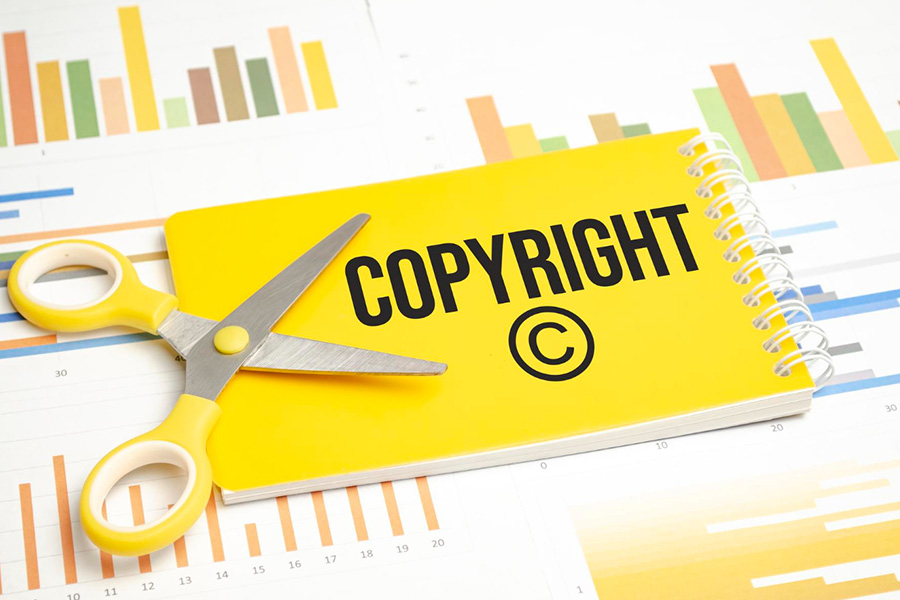
Copyleft licensing promotes intellectual freedom, collaboration, and open sharing of knowledge, playing a vital role in fostering innovation and creativity in the digital era.
Author
Hemendra Singh, Lecturer, Jindal Global Law School, O.P. Jindal Global University, Sonipat, Haryana, India
Summary
This article explores the evolving landscape of copyleft licensing in the digital era, highlighting its vital role in preserving intellectual freedom, collaboration and the open sharing of knowledge and creativity. Every organized creative venture is a result of the core thinking of an idea which took the shape of some kind of derivation giving the end result. Propounded by the theory of property and ownership, copyleft uses a piece and gives a fair share to its creators. Several information models have underpinned the concept, as it originally emerged as a licensing strategy within the broader framework of derivative creation cycles. In today’s digital landscape, where we seek creative solutions to satiate our ever-growing appetite for innovation and technology, it becomes imperative to thoroughly examine this concept and its practical applications.
Published in: Journal of Intellectual Property Rights
To read the full article, please click here.

